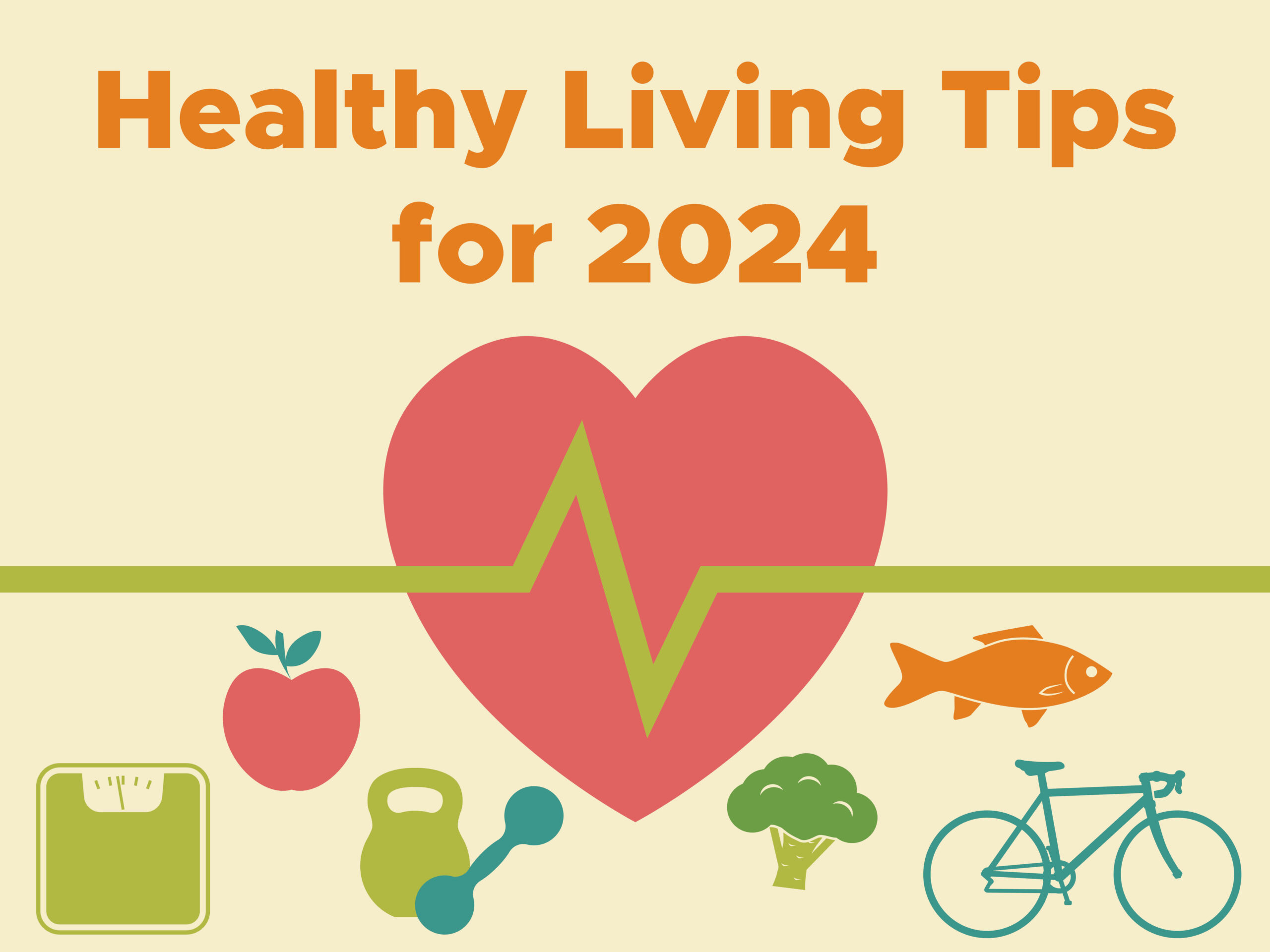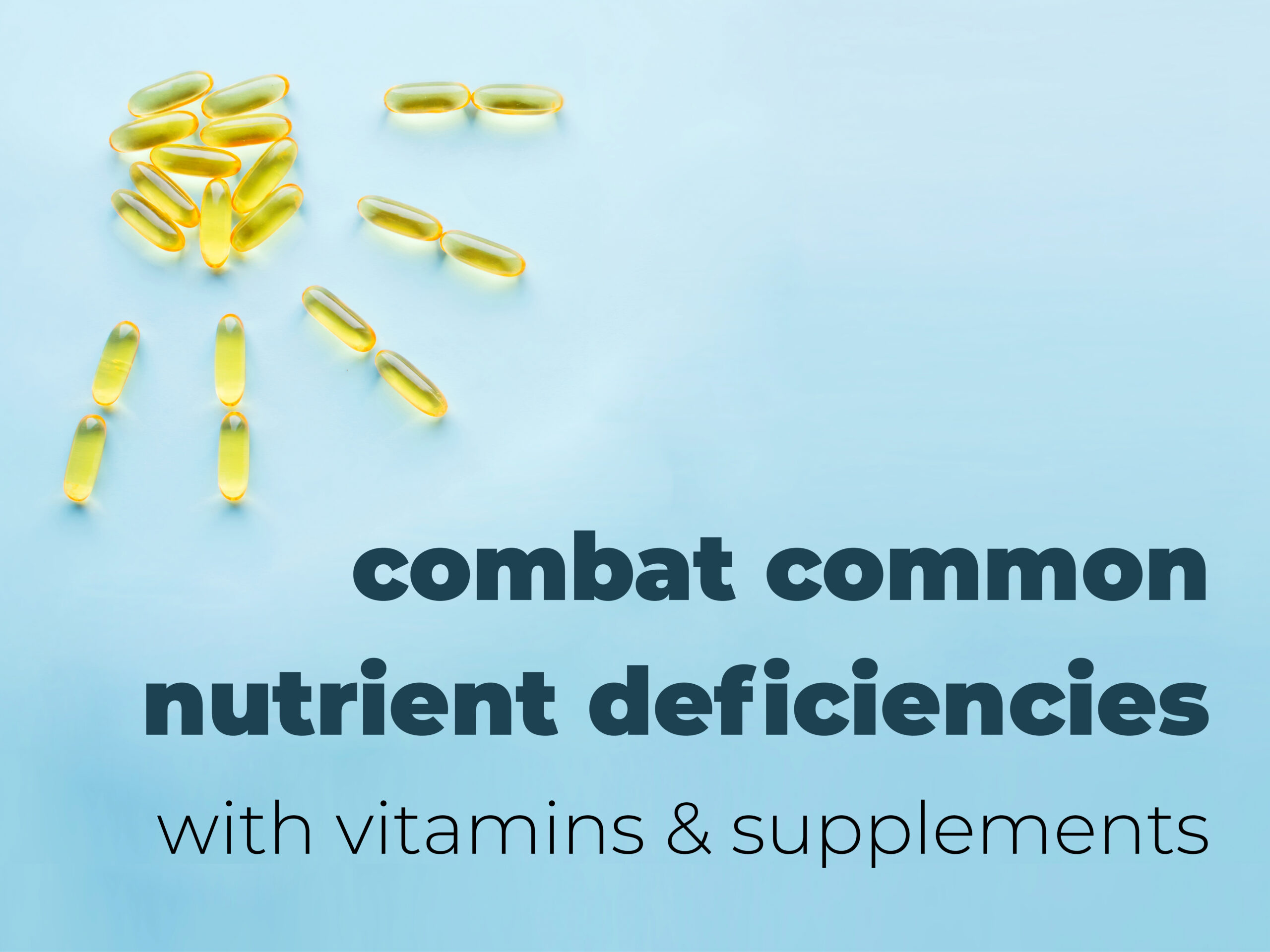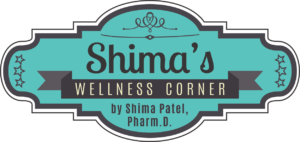What is the gut?
You often hear how the health of your gut affects your body, skin, and mental health, among many other things. But what exactly does your gut encompass? Your “gut” refers to your gastrointestinal (GI) system, and it contains all the organs that take in the food and liquids you consume and break them down into substances your body uses for energy, growth, and tissue repair. The gastrointestinal system, also called your digestive system, is comprised of your mouth, throat, esophagus, stomach, small intestine, large intestine, rectum, and anus. It also includes your salivary glands, liver, gallbladder, and pancreas, which make the juices and enzymes that help your body digest food and liquid. ¹
When you consume food, your GI tract breaks it down to the most basic parts and the valuable nutrients are absorbed through the wall of your gut to then be transported into your bloodstream. To be able to do this, the gut uses nerves, bacteria, and hormones. The bacteria in your gut is of significant importance as they form a mucosal layer that strengthens the gut wall. The health of your gut is generally determined by the levels and types of bacteria in your intestinal tract. ²
What is the gut microbiome and why is it important?
A biome is described as an ecosystem characterized by its environment and inhabitants. Your gut is in fact a miniature biome that is populated by trillions of microscopic organisms. These organisms include over a thousand species of bacteria, viruses, fungi, and parasites. Your gut microbiome is unique to you and is affected by diet and environmental exposures. Most of the microorganisms in our guts have a symbiotic relationship with us meaning we both benefit from each other. We provide them with food and shelter, and they provide important services in our body and the helpful microbes also help to keep potentially harmful ones in check. When your gut microbiome is healthy and thriving, you will thrive, too. If your gut microbiome is unhealthy or out of balance, it can affect your entire body. ³
What is the role of your gut microbiome?
Your gut microbiome interacts with many of your systems. In fact, it plays such an important role for your body to function that some healthcare providers have described it as being almost like an organ itself. ³ So how does your gut microbiome affect your body’s other systems?
Digestive System
Bacteria in your gut help break down certain complex carbohydrates and dietary fibers that your body can’t break down on its own. They produce short-chain fatty acids and the enzymes necessary to synthesize certain vitamins such as B1, B9, B12, and K. Short-chain fatty acids feed the cells in your gut lining and help to keep the overall environment healthy. Gut bacteria also help to create bile in your intestines. Your liver sends bile to your small intestine to help you break down and digest fats so that the bile acids can be reabsorbed and recycled by your liver. If your body became unable to recycle bile acids, your liver wouldn’t have enough to produce the new bile your digestive system needs to digest and absorb fats. This would allow leftover cholesterol to build up in your blood. ³
Immune System
“Good” microbes in your gut help train your immune system to tell them apart from “bad” ones. Your gut is your largest immune system organ, containing up to 80% of your body’s immune cells. Helpful gut microbes constantly compete directly with unhelpful types for nutrients and real estate in your body. Some chronic bacterial infections that affect your GI tract are directly related to a damaged gut microbiome. ³
Short-chain fatty acids that are produced by helpful gut bacteria help maintain your gut barrier, keeping toxins out of your bloodstream. These short-chain fatty acids also have anti-inflammatory properties for your gut. Inflammation is a function of your immune system but can become hyper-reactive. Chronic inflammation is a feature of autoimmune disease and may play a role in other diseases such as cancer. ³
Nervous System
Certain bacteria in your gut produce or stimulate the production of neurotransmitters that send chemical signals to your brain, such as serotonin. Serotonin plays several roles in your body, including influencing learning, memory, happiness, body temperature, sleep, sexual desire, and hunger. Lack of a healthy level of serotonin is thought to play a role in depression, anxiety, and other health conditions. Researchers continue to investigate how your gut microbiome may be involved in various neurological, behavioral, nerve pain, and mood disorders. ⁴
Endocrine System
Your endocrine system consists of tissues that create and release hormones. Hormones are chemicals that carry messages throughout your blood to your organs, skin, muscles, and other tissues. These signals tell your body what to do and when to do it and are essential for life and your health. ⁵
Gut microbes interact with endocrine cells in your gut lining which secrete hormones that regulate aspects of your metabolism. Researchers continue to explore how your gut microbiome might be involved with metabolic syndrome such as obesity, insulin resistance and Type 2 diabetes. ⁵
How do food sensitivities affect your gut health?
Healthy and properly tuned GI tracts can break down dietary components from food into nutrients without a dysregulated immune response. However, adverse reactions to food have been steadily increasing and evidence suggests this is due to environmental factors. Adverse reactions to food are known as food sensitivity, food intolerance, or food allergy. ⁶
What is the difference between food intolerance, food allergy, or food sensitivities?
Food Intolerance
Food intolerance refers mostly to the inability to process or digest certain foods. The most common food intolerance appears to be lactose intolerance, or the inability to digest dairy products. As we age, our intestines make less of the lactase enzyme that processes lactose, resulting in more lactose sitting in the digestive tract causing bloating, inflammation, or diarrhea. ⁷
Food Allergy
A more severe problem happens when someone develops a true allergic reaction to certain foods. This causes an overblown response by your immune system against an otherwise harmless substance. With a true food allergy, this can cause potentially life-threatening issues like troubles breathing and low blood pressure. Other severe symptoms may include significant rashes, feeling of passing out, and facial swelling. ⁷
Celiac Disease
Celiac disease is not an allergy or food intolerance, but an autoimmune disease which is triggered by the ingestion of gluten. When gluten is ingested, it causes the body’s immune system to attack healthy cells resulting in digestive problems such as stomach pain, bloating, vomiting, diarrhea, constipation, and headaches. Adults may also experience anemia, joint pain, weak bones, numbness in hands and feet, and mouth problems such as canker sores. ⁸
Food Sensitivity
A large part of the population experiences symptoms that are not related to food intolerances, allergies, or celiac disease. These symptoms are not life-threatening and can be referred to as food sensitivities. Although not life-threatening, these symptoms can be quite uncomfortable and disruptive and may include joint or stomach pain, fatigue, rashes, and brain fog. Food reactions, especially sensitivities, may fade away with time as our immune system and gut microbiome are constantly changing. ⁷
What can you do for gut health?
If you want a healthy gut, you have to feed it well. With that being said, your diet should consist of both probiotics and prebiotics, which are two components that are increasingly being recognized as essential to not only your intestinal health, but your overall health. Probiotics can be found in foods such as yogurt and fermented vegetables. Some good prebiotic options are beans, whole grains, fruits and vegetables. ⁹
Having a healthy gut microbiome helps foster a healthy immune system and reduces damaging inflammation in your body. It allows your healthy or “good” bacteria to avoid being overrun by the unhealthy or “bad” bacteria. ⁹
If you have any questions about additional things you can do to maintain a healthy gut, please visit with our pharmacist. Consult with your physician about testing options if you believe you are experiencing any food intolerances or sensitivities. If you are experiencing a food allergy and need immediate assistance, please call 911.
Sources
1. https://www.cancer.gov/publications/dictionaries/cancer-terms/def/gastrointestinal-system
3. https://my.clevelandclinic.org/health/body/25201-gut-microbiome
4. https://my.clevelandclinic.org/health/articles/22572-serotonin
5. https://my.clevelandclinic.org/health/body/21201-endocrine-system
6. https://www.ncbi.nlm.nih.gov/pmc/articles/PMC6767923/
9. https://www.health.harvard.edu/staying-healthy/feed-your-gut





